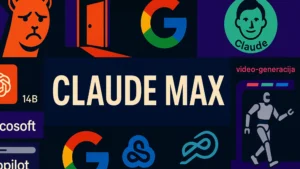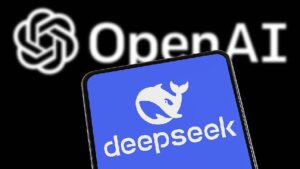OpenAI Maintains Naming Confusion Even as CEO Recognizes the Issue

OpenAI Introduces GPT-4.1: A New Era in AI Language Models
On Monday, OpenAI unveiled its latest series of AI language models: the GPT-4.1 family. This new lineup brings significant advancements, including a remarkable 1 million token context window, marking a noteworthy step in AI capabilities. However, the introduction of three new models—GPT-4.1, GPT-4.1 mini, and GPT-4.1 nano—has led to some confusion due to their complex naming conventions.
Noteworthy Features of GPT-4.1
OpenAI claims that the new GPT-4.1 models outperform their predecessor, GPT-4o, in various important areas. However, the latest models will only be accessible through the developer API. Unlike previous models, they will not be available in the consumer-facing ChatGPT interface, which is where most users engage with OpenAI’s technology.
The 1 Million Token Context Window
One of the standout features of the GPT-4.1 models is their 1 million token context window. This essentially allows the AI to process up to 3,000 pages of text in a single session. This feature places OpenAI’s models on the same level as Google’s Gemini models, which have been providing extended context capabilities for some time now.
Moreover, in a notable decision, OpenAI announced the retirement of the GPT-4.5 Preview model in the API. Originally launched in February, this temporary offering received mixed reviews, with one critic calling it a "lemon." Developers will have until July 2025 to transition to the new models, although GPT-4.5 will remain available in the ChatGPT interface for the time being.
Understanding OpenAI’s Naming Conventions
If the new model names appear overly complicated, it’s because they are. OpenAI’s CEO, Sam Altman, openly acknowledged the confusing nature of the company’s product names back in February. He mentioned the need for clarification regarding the array of offerings, which include various versions of GPT-4o, specialized models, and other variations like simulated reasoning models.
The Road to GPT-5
Altman’s remarks suggest that the upcoming GPT-5 aims to simplify and unify the brand, as the current naming system can be overwhelming. The intention is to create a more cohesive understanding of OpenAI’s products and models. However, the decision to launch GPT-4.1—another distinct model—adds another layer of complexity to this plan.
In a discussion with Lex Friedman, Altman alluded to uncertainty regarding the names of future models, indicating that while major releases are on the horizon, their exact titles remain to be determined. This uncertainty creates anticipation and confusion alike in the tech community.
Summary of Key Points
- OpenAI has launched the GPT-4.1 model family, featuring a 1 million token context window.
- The models outperform previous iterations but are only available through the developer API.
- The retirement of GPT-4.5 Preview will occur, offering developers time to switch to GPT-4.1.
- OpenAI’s naming conventions have received criticism for their complexity.
- The goal for GPT-5 is to consolidate branding, but new models like GPT-4.1 complicate this effort.
In summary, OpenAI’s introduction of the GPT-4.1 models signifies a leap forward in language processing capabilities, despite ongoing concerns about product naming and accessibility.






